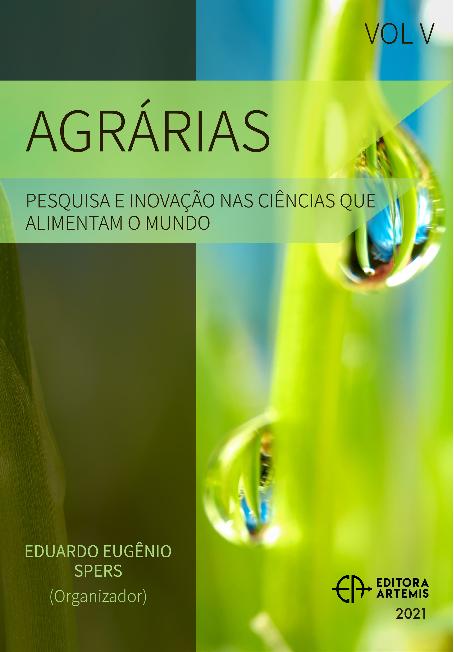Mostrar el registro sencillo del ítem
dc.contributor.author
Sabattini, Julian Alberto

dc.contributor.author
Sabattini, Rafael Alberto

dc.contributor.other
Spers, Eduardo Eugênio
dc.date.available
2023-03-15T17:17:18Z
dc.date.issued
2021
dc.identifier.citation
Sabattini, Julian Alberto; Sabattini, Rafael Alberto; Changes in shrub invasion in South America protected temperate native forests; Artemis; 5; 2021; 132-142
dc.identifier.isbn
978-65-87396-34-7
dc.identifier.uri
http://hdl.handle.net/11336/190646
dc.description.abstract
Detecting invaded areas and mapping the extent and spatial pattern of invasive plants are important. The aim of this work was: a) to know the spatial changes in the invasion of shrub species protected by temperate native forests of the Mesopotamian Spinal using statetransition models, and b) to establish a future prediction model on the level of shrub invasion depending on the intensity of the current cattle grazing system. The study was carried in Protected Area ‘El Caraya’ (Argentina), hereinafter, PA ‘El Caraya’. Field sampling was carried out with 85 sites in 2011 and 82 sites in 2018 both located randomly and geo-referenced with GPS. At each sampling point, the level of shrub invasion was recorded. To map the distribution of shrub invasive classes, we obtained two Landsat images recorded on 2011 and 2017. Changes in the level of shrub invasion were evaluated with the change analysis model and the future trend using the Markov model. More than 30% of the PA ‘El Caraya’ territory did not present changes in the levels of shrub invasion, which indicates that the structural components such as herbaceous, shrub and tree are balanced. The results of this research have shown that remote sensors are a simple and useful tool that allow us to know what the spatial changes in the levels of invasion of shrub species in protected temperate native forests of southern South America, as was also possible to predict the future state under the same conditions of the study period.
dc.format
application/pdf
dc.language.iso
eng
dc.publisher
Artemis
dc.rights
info:eu-repo/semantics/openAccess
dc.rights.uri
https://creativecommons.org/licenses/by-nc-nd/2.5/ar/
dc.subject
Remote Sensing
dc.subject
Land Change Modeler
dc.subject
Protected Area
dc.subject.classification
Ecología

dc.subject.classification
Ciencias Biológicas

dc.subject.classification
CIENCIAS NATURALES Y EXACTAS

dc.subject.classification
Sensores Remotos

dc.subject.classification
Ingeniería del Medio Ambiente

dc.subject.classification
INGENIERÍAS Y TECNOLOGÍAS

dc.title
Changes in shrub invasion in South America protected temperate native forests
dc.type
info:eu-repo/semantics/publishedVersion
dc.type
info:eu-repo/semantics/bookPart
dc.type
info:ar-repo/semantics/parte de libro
dc.date.updated
2023-03-13T13:32:58Z
dc.journal.volume
5
dc.journal.pagination
132-142
dc.journal.pais
Brasil

dc.journal.ciudad
Curitiba
dc.description.fil
Fil: Sabattini, Julian Alberto. Consejo Nacional de Investigaciones Científicas y Técnicas; Argentina. Universidad Nacional de Entre Ríos. Facultad de Ciencias Agropecuarias; Argentina
dc.description.fil
Fil: Sabattini, Rafael Alberto. Universidad Nacional de Entre Ríos. Facultad de Ciencias Agropecuarias; Argentina
dc.relation.alternativeid
info:eu-repo/semantics/altIdentifier/url/https://www.editoraartemis.com.br/artigo/32173/
dc.relation.alternativeid
info:eu-repo/semantics/altIdentifier/doi/http://dx.doi.org/10.37572/EdArt_29042134710
dc.conicet.paginas
349
dc.source.titulo
Agrárias: Pesquisa e inovação nas ciências que alimentam o mundo
Archivos asociados
